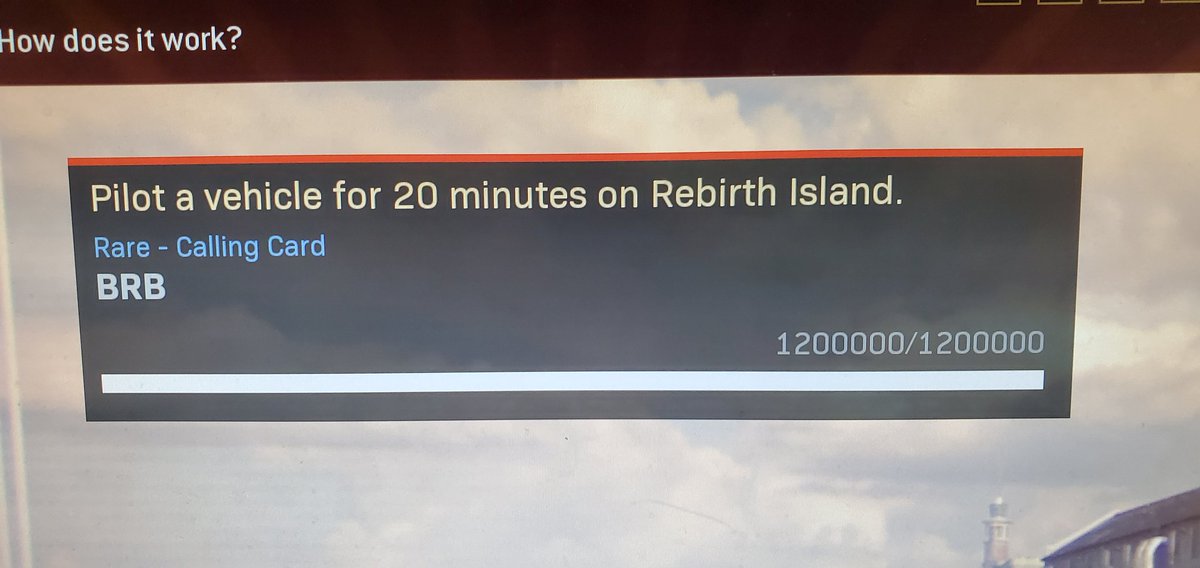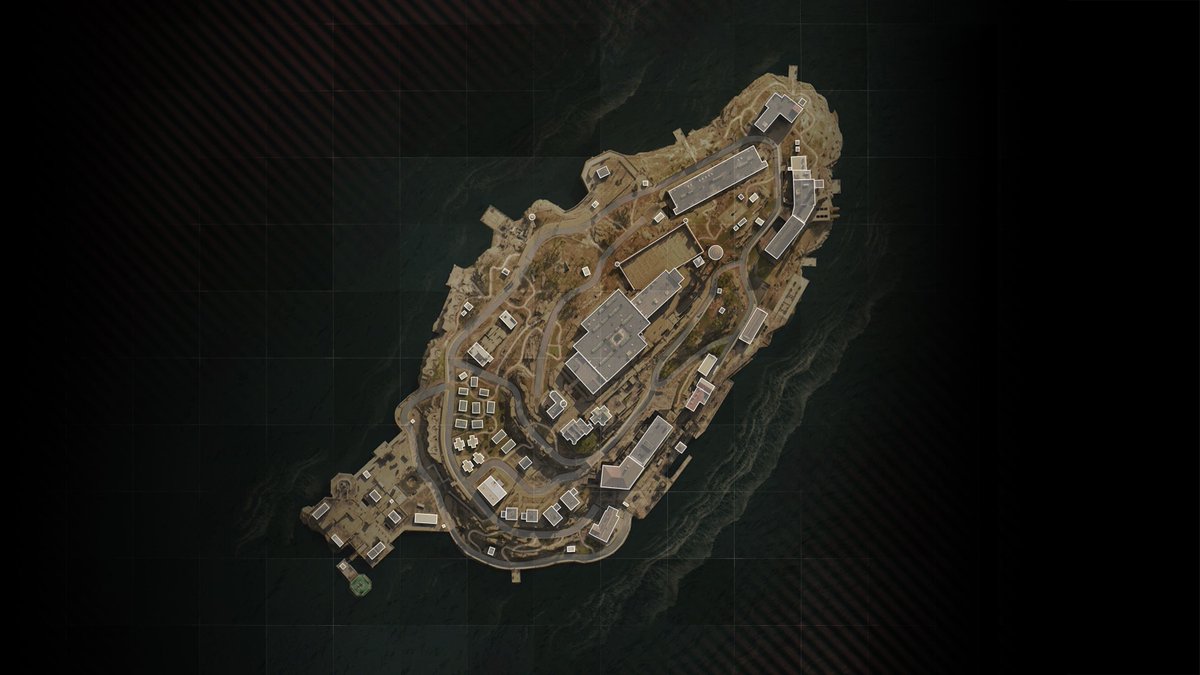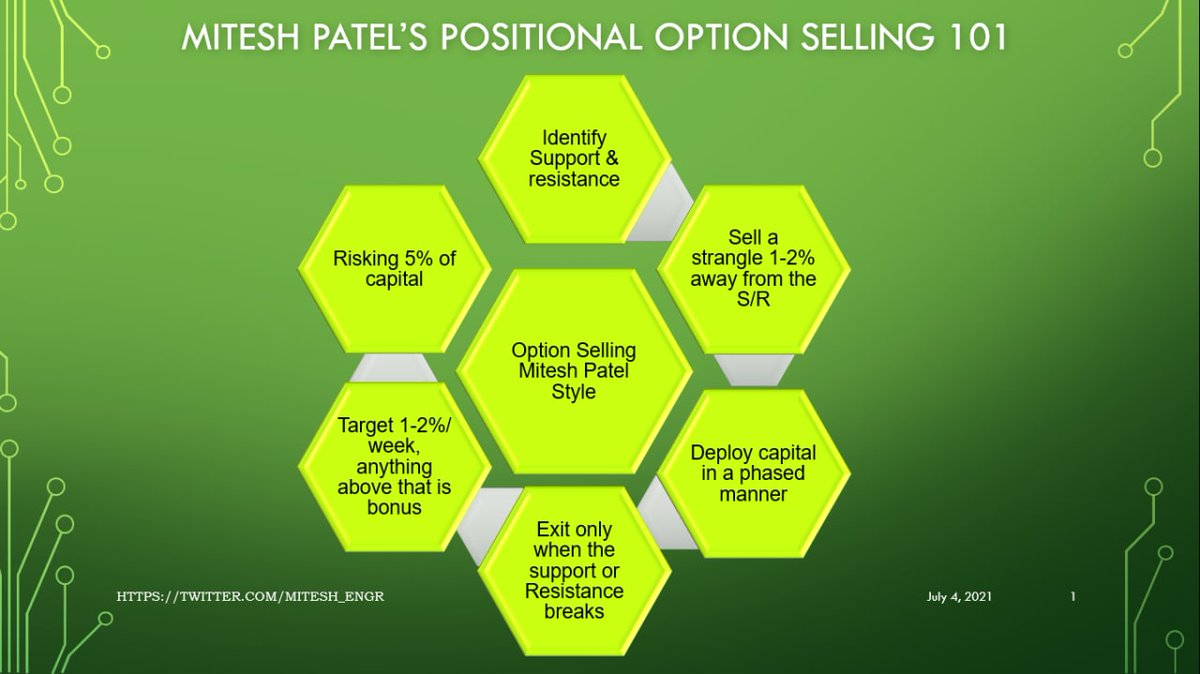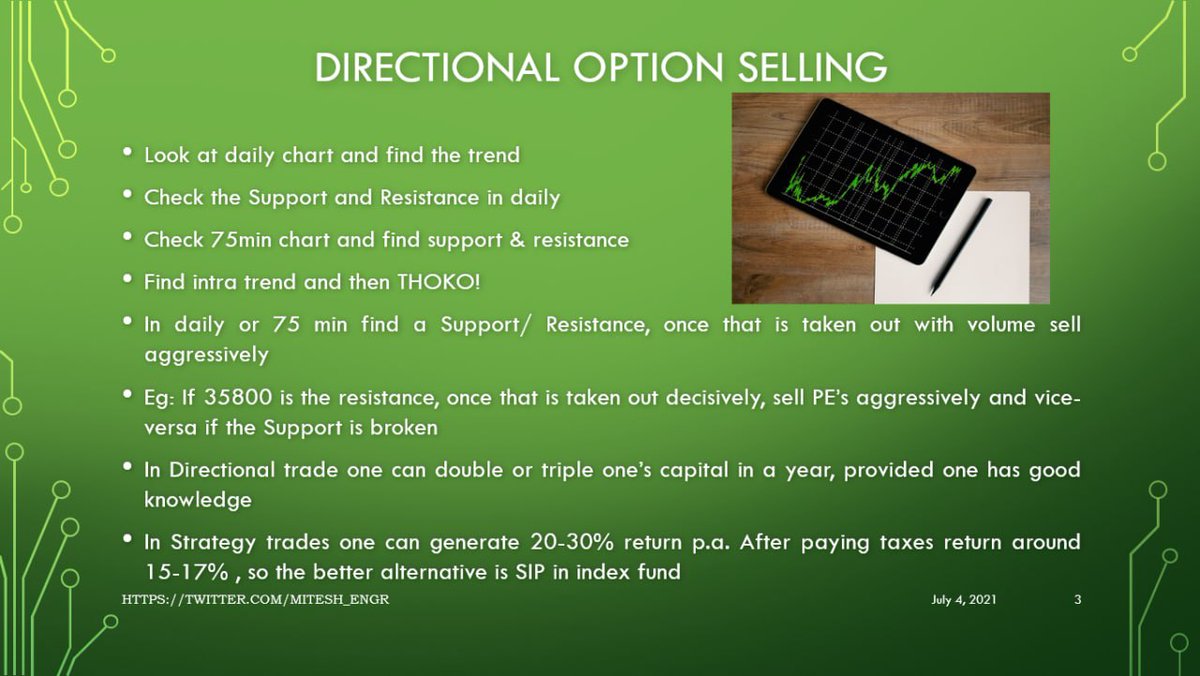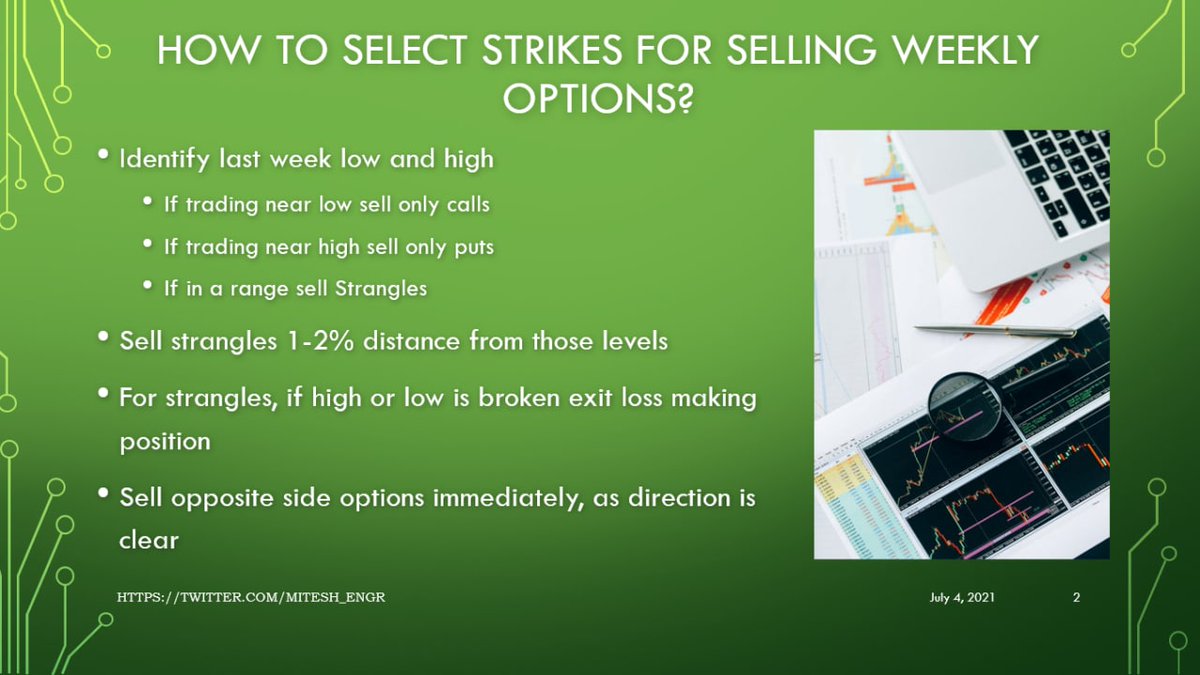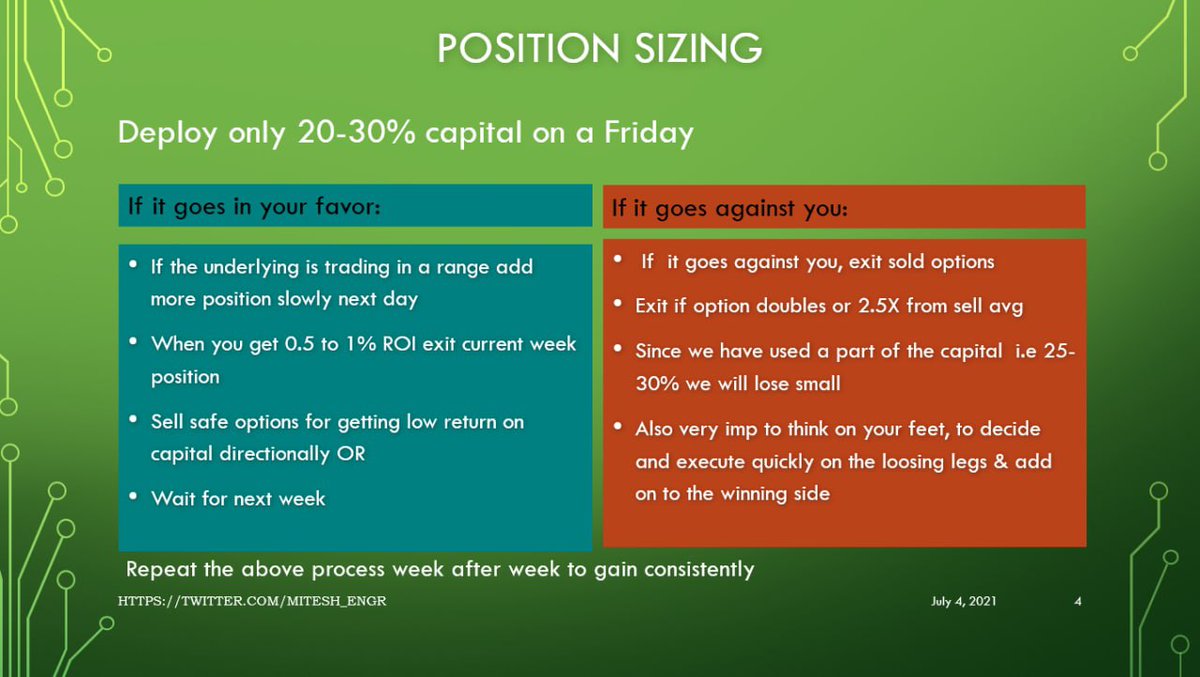Hello friends, let's talk about gamer expectations of work/life balance & why they need to stfu.
More from Game
My most Luddite opinion is that you must pick one
a) the ability to connect with arbitrary numbers of people simultaneously around the world
b) rich, multi-modal, interaction that mutually exposes vulnerability among participants
if you want a) and b) simultaneously you get the basis for a science fiction horror scenario and that's a Bad Thing unless you're a Gendo Ikari type
"individuals might experience episodic segments of the lives of other willing participants (locally or remote) to, hopefully, encourage and inspire improved understanding and tolerance among all members of the human family" uh nope sorry
this goes to my periodic complaint about global villages vs. global cities. cities are anonymous places full of wary people that, after certain conditions are met, can become lifelong friends....
villages are places ruled by grandmas who, whatever the ethnicity or nationality, have intelligence networks that rival the KGB
a) the ability to connect with arbitrary numbers of people simultaneously around the world
b) rich, multi-modal, interaction that mutually exposes vulnerability among participants
if you want a) and b) simultaneously you get the basis for a science fiction horror scenario and that's a Bad Thing unless you're a Gendo Ikari type
"individuals might experience episodic segments of the lives of other willing participants (locally or remote) to, hopefully, encourage and inspire improved understanding and tolerance among all members of the human family" uh nope sorry
this goes to my periodic complaint about global villages vs. global cities. cities are anonymous places full of wary people that, after certain conditions are met, can become lifelong friends....
I mean, A enabled me to have B with a bunch of people I couldn't have met in the beforetimes, but this was a time on the internet when moving up the ladder of intimacy included "telling each other your legal names"
— K. Chen (@tznkai) January 6, 2021
villages are places ruled by grandmas who, whatever the ethnicity or nationality, have intelligence networks that rival the KGB










